A fiercely clear exploration of dream yoga and lucid dreaming, this rare and brilliant book is fundamentally a guide to awakening.
Roshi Joan Halifax, Abbot, Upaya Zen Center, author of Being with Dying
A brilliant scholar, monk, and lucid dreamer presents a provocative modern Buddhist view of reality: if you think the world is merely matter, youre dreaming. Wake up and read this book.
Stephen LaBerge, author of Exploring the World of Lucid Dreaming
ABOUT THE BOOK
Some of the greatest of lifes adventures can happen while youre sound asleep. Thats the promise of lucid dreaming, which is the ability to alter your own dream reality any way you like simply by being aware of the fact that youre dreaming while youre in the midst of a dream. There is a range of techniques anyone can learn to become a lucid dreamerand this book provides all the instruction you need to get started. But B. Alan Wallace also shows how to take the experience of lucid dreaming beyond entertainment to use it to heighten creativity, to solve problems, and to increase self-knowledge. He then goes a step further: moving on to the methods of Tibetan Buddhist dream yoga for using your lucid dreams to attain the profoundest kind of insight.
B. ALAN WALLACE has authored, translated, edited, and contributed to more than forty books on Tibetan Buddhism, science, and culture. With fourteen years as a Buddhist monk, he earned a BA in physics and the philosophy of science and then a PhD in religious studies. After teaching in the Department of Religious Studies at the University of California, Santa Barbara, he founded the Santa Barbara Institute for Consciousness Studies to explore the integration of scientific approaches and contemplative methods.
Sign up to learn more about our books and receive special offers from Shambhala Publications.

Or visit us online to sign up at shambhala.com/eshambhala.
DREAMING YOURSELF AWAKE

Lucid Dreaming and TibetanDream Yoga for Insight andTransformation
B. ALAN WALLACE
Edited by Brian Hodel
 SHAMBHALA Boston & London 2012
SHAMBHALA Boston & London 2012
Shambhala Publications, Inc.
Horticultural Hall
300 Massachusetts Avenue
Boston, Massachusetts 02115
www.shambhala.com
2012 by B. Alan Wallace
Cover photograph Dennis Slape/plainpicture
Cover design by Kathleen Lynch/Black Kat Design
All rights reserved. No part of this book may be reproduced in any form or by any means, electronic or mechanical, including photocopying, recording, or by any information storage and retrieval system, without permission in writing from the publisher.
LIBRARY OF CONGRESS CATALOGING-IN-PUBLICATION DATA
Wallace, B. Alan.
Dreaming yourself awake: lucid dreaming and Tibetan dream yoga for insight and transformation / B. Alan Wallace; edited by Brian Hodel.
First edition.
Pages cm
Includes bibliographical references and index.
eISBN 978-0-8348-2793-6
ISBN 978-1-59030-957-5 (pbk.: alk. paper)
1. Lucid dreams. 2. YogaTantric Buddhism. I. Hodel, Brian, editor. II. Title.
BF1099.L82W35 2012
154.63dc23
2011046575
Contents


In all the great spiritual traditions where meditation plays an important role, the watchword is Awaken! This call is echoed in the Western science of psychology. The implication is that throughout our lives weve been asleepin essence, dreaming. Of course if we sleepwalk through life we will invariably stub our toes on unseen realities. Given lifes uncertainties, we need to be as awake as possible to its opportunities and dangers. Dreaming Yourself Awake is directed as much to our awakening from life-as-a-dream as it is to our becoming lucidly aware as we dream at night. Both situations, and our awakening within them, are intimately connected. Such an awakening brings with it the clarity and freedom that form the basis for genuine happiness.
How are spiritual awakening and lucid dreaming connected? In both cases you are poignantly aware of the unfolding of your experiences in the present moment. You are not carried away by distractive thoughts and emotions. You can observe their appearance, continuity, transformation, and fading with perfect clarity. Like a chess grand master, your mind is fully focusedsure and unclouded. Such clarity is a gateway to inner freedom. Awake to the potential of every situation, you become the master of your destiny. Dream practice can heighten creativity, solve problems, heal emotions, or provide scintillating inner theaterthe ultimate in entertainment. It can also be a valuable aid to the attainment of spiritual awakening.
What is it like to be lucidly aware that you are dreaming? The seventeenth-century English philosopher and physician Sir Thomas Browne, who could witness and control his dreams like a movie director, said, In one dream I can compose a whole Comedy, behold the action, apprehend the jests and laugh my self awake.... Another seventeenth-century Englishman, Samuel Pepys, described the erotic potential of lucid dreaming: I had my Lady Castlemayne in my arms and was admitted to use all the dalliance I desired with her, and then dreamt that this could not be awake, but that it was only a dream. The anthropologist-shaman and best-selling author Carlos Casteneda was instructed by his teacher to look at his hands while dreaming. When he first accomplished this he found himself in a surreal and forbidding landscape. Casteneda claimed he mastered the art of dreaming to the point that he could visit other worlds.
Dreaming Yourself Awake integrates the two most effective approaches to dream practicelucid dreaming, as developed and enhanced by the science of psychology, and the dream yoga of Tibetan Buddhism. Together they will bring you to a life-changing awakening.
LUCID DREAMING
Lucid dreaming is simply being conscious that you are dreaming. Many people, especially in childhood, have had lucid dreams and have described them. Often in lucid dreaming there is a sense of exhilaration on discovering you are dreaming right nowan excitement so intense that it may cause you to awaken. If you are able to maintain both the dream and your awareness of it, there comes a great sense of freedom. Knowing that the dream images are insubstantial, you can walk through dreamed walls or escape the law of gravity, flying over vivid, imagined landscapes. With training you can shape the dream environment according to your wishes. Small things can be made large, large objects shrunk at will. The only limit is your imagination. Once greater control has been developed you can use the dream space as a laboratory to achieve psychological insights, overcome fears, do creative work, entertain yourself, or meditate in the virtual environment of your choosing.
The science of lucid dreaming is a recently developed system of theory and practice within the field of psychology. Although he had important predecessors, Stephen LaBerge, who received his PhD in psychology from Stanford University, is the foremost exponent of lucid dreaming. In the late 1980s, LaBerge, while doing graduate research at Stanford, became the first to prove to the scientific community that one can be consciously aware while dreaming. Although many people had reported lucid dreams through the ages, psychologists assumed these were false memoriesthat people had actually awakened at night and in the morning mistakenly believed they had been conscious of dreaming. LaBerge is extremely gifted as a lucid dreamer and is able to have lucid dreams at will, an ability he had naturally as a child but which was lost during adolescence, then deliberately regained as a graduate student. As part of his research he devised a method of making specific eye movements while he dreamed so that his fellow researchers would know he was awake within his dreams. This method proved the existence of lucid dreaming.
Next page

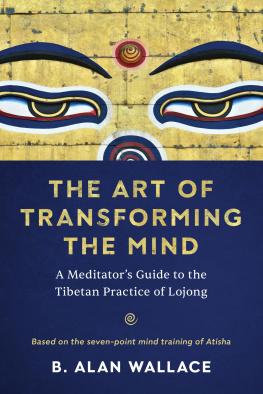
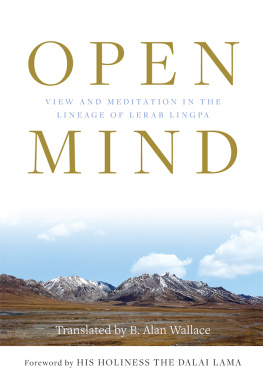
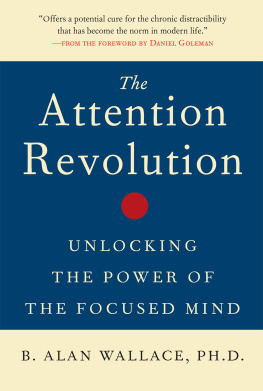
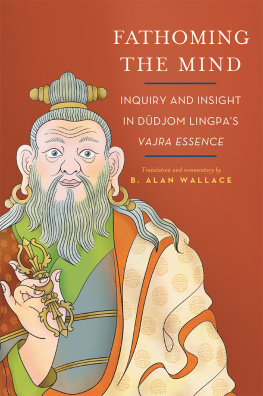
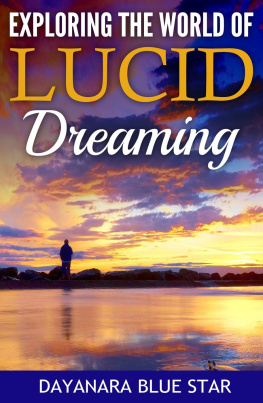

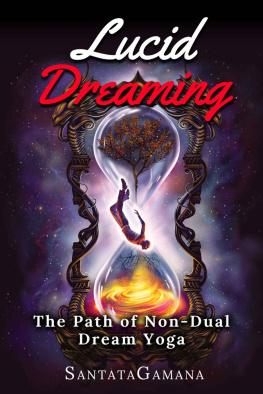
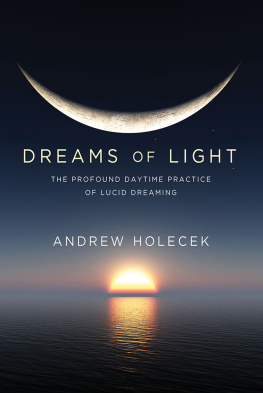
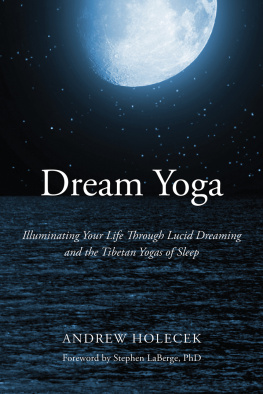
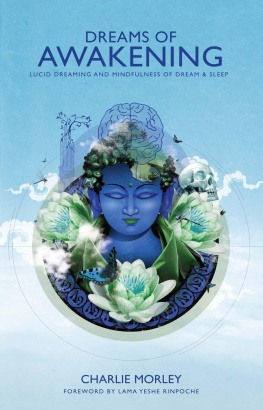
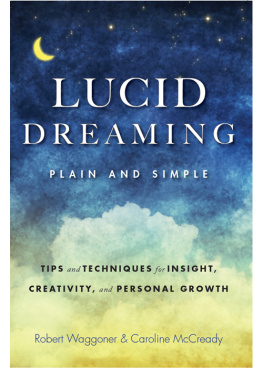


 SHAMBHALA Boston & London 2012
SHAMBHALA Boston & London 2012